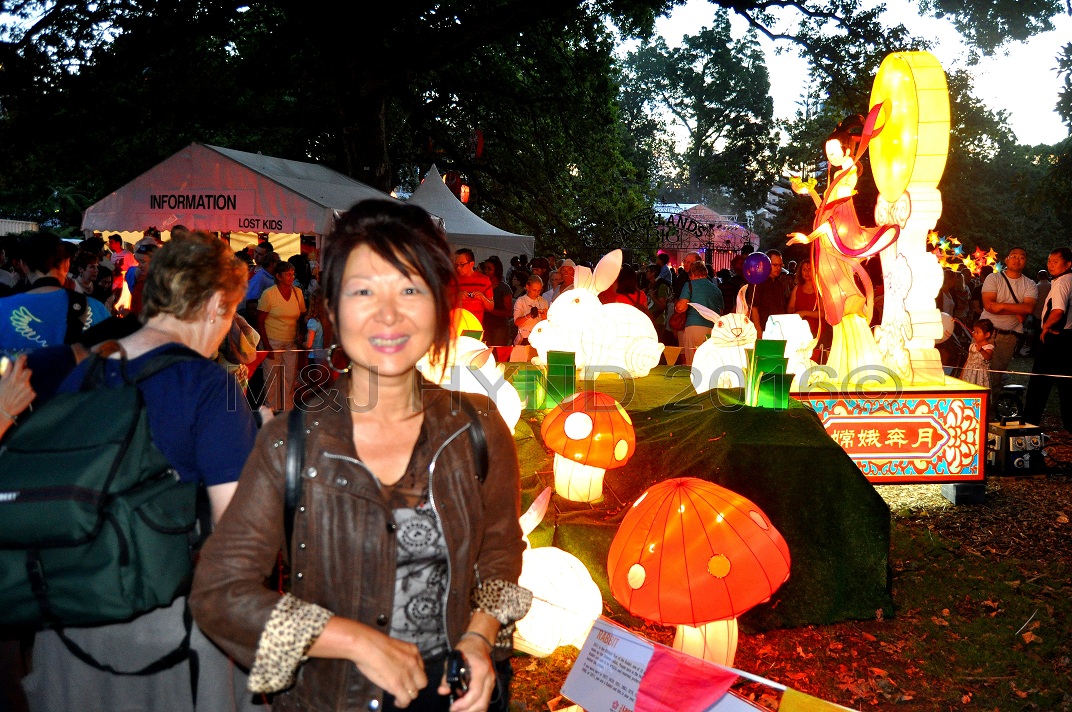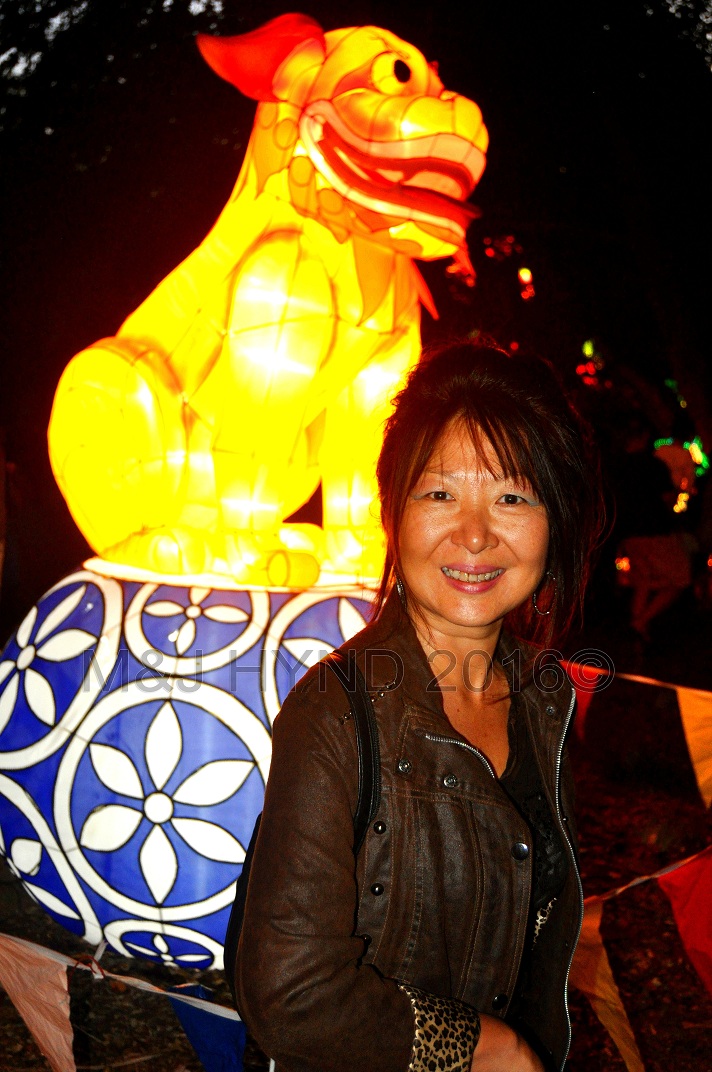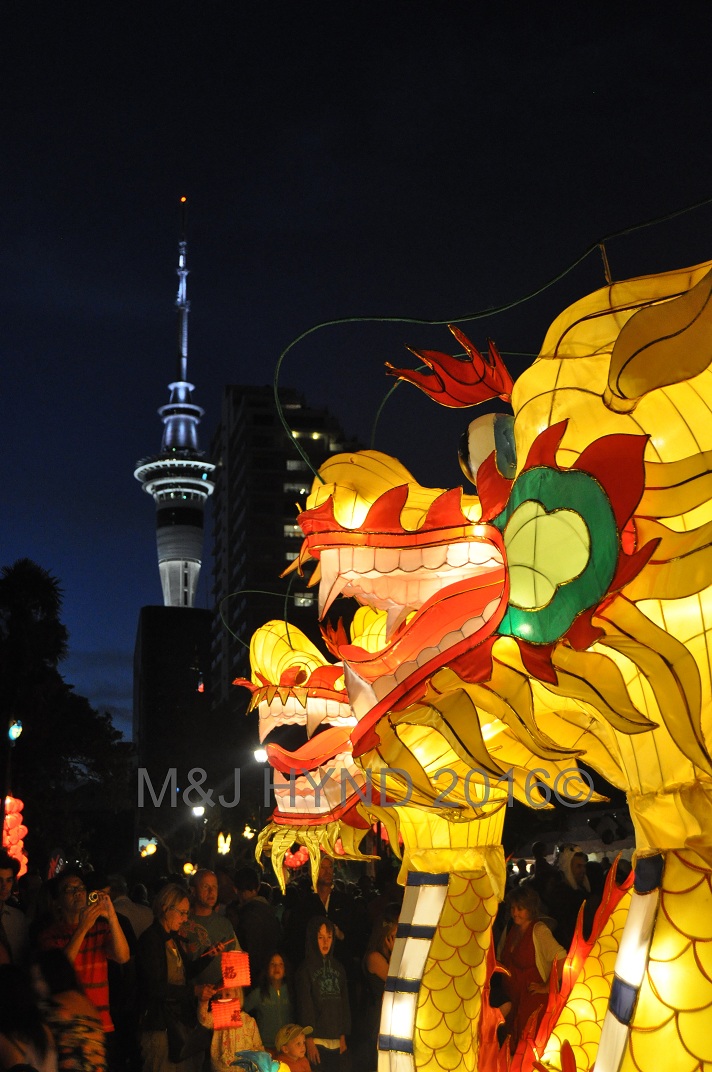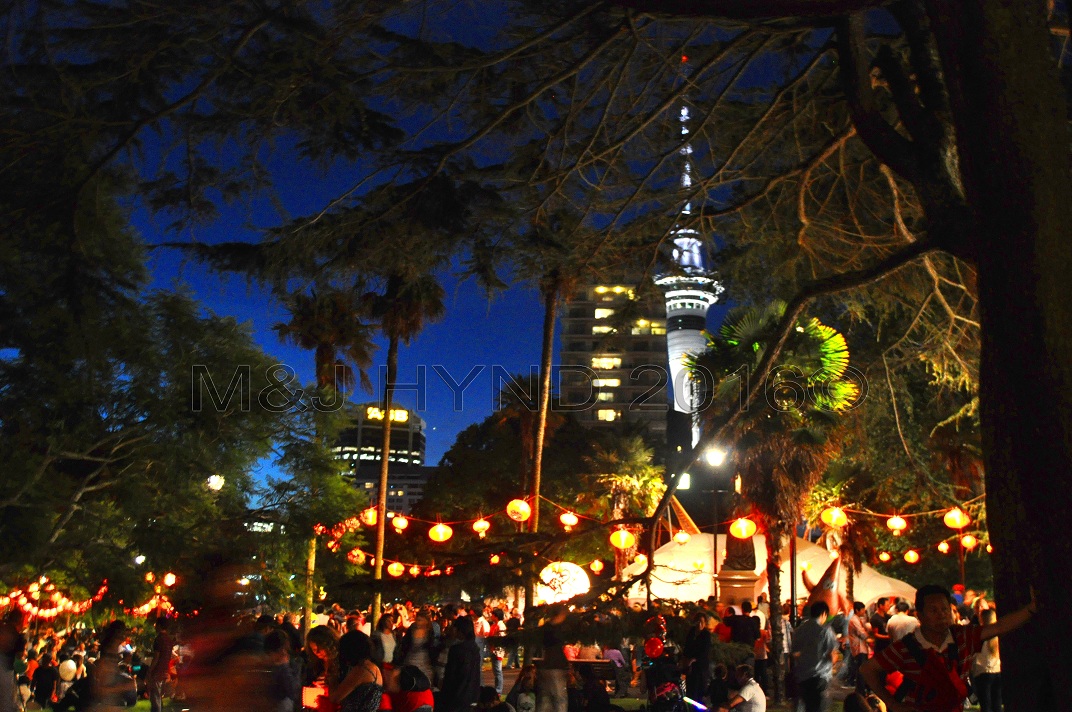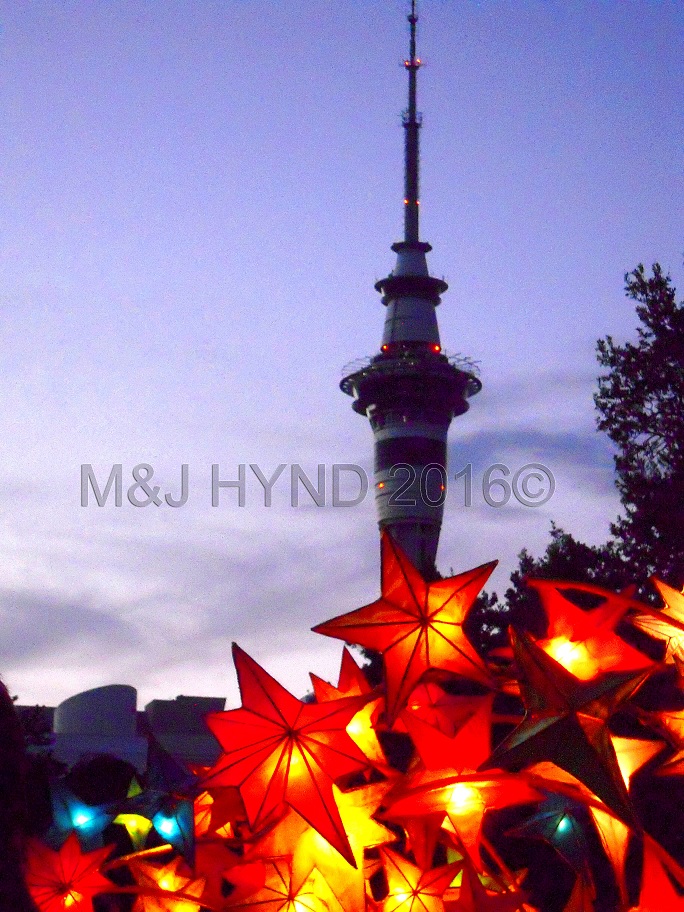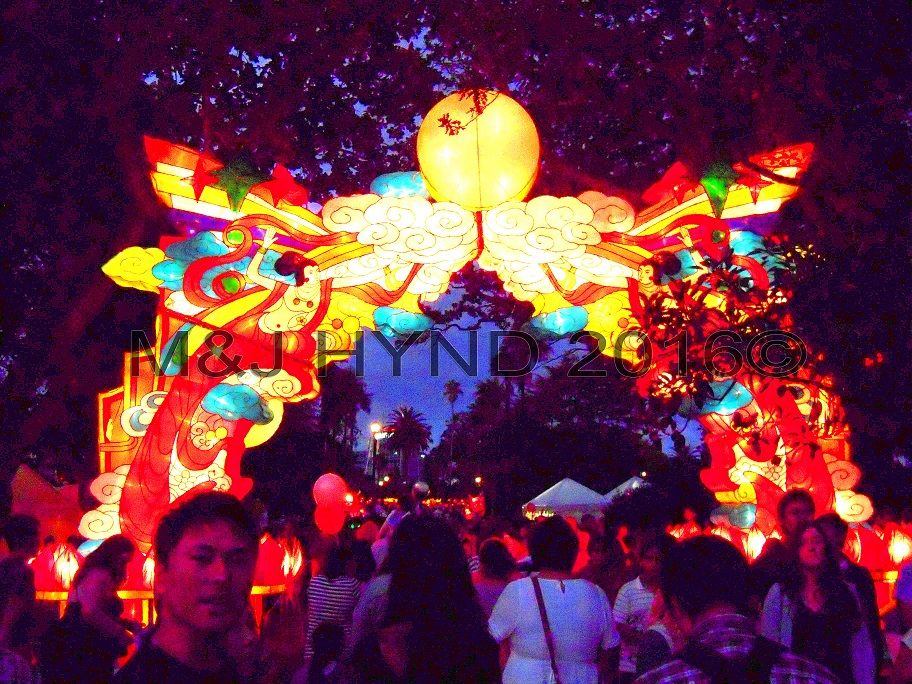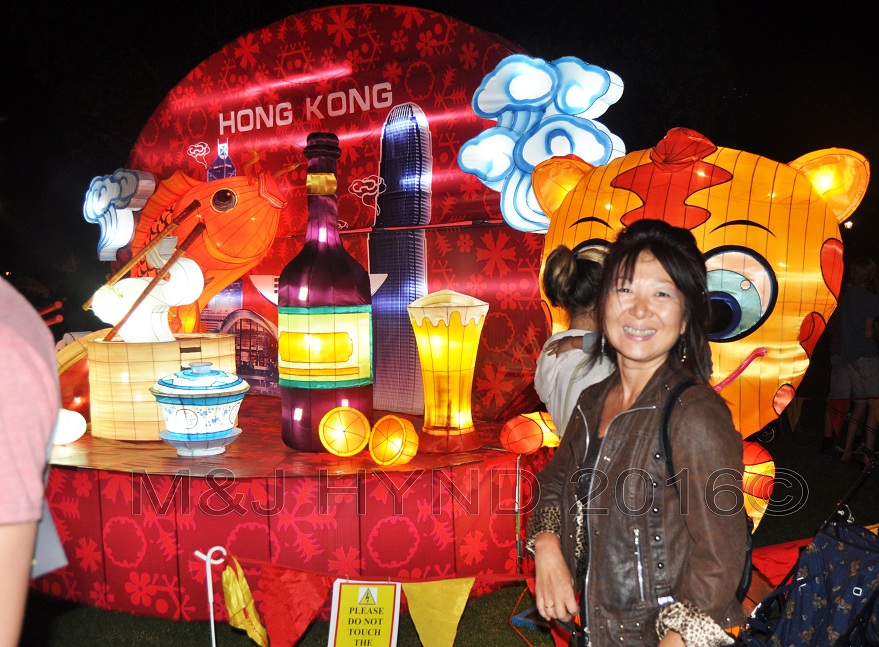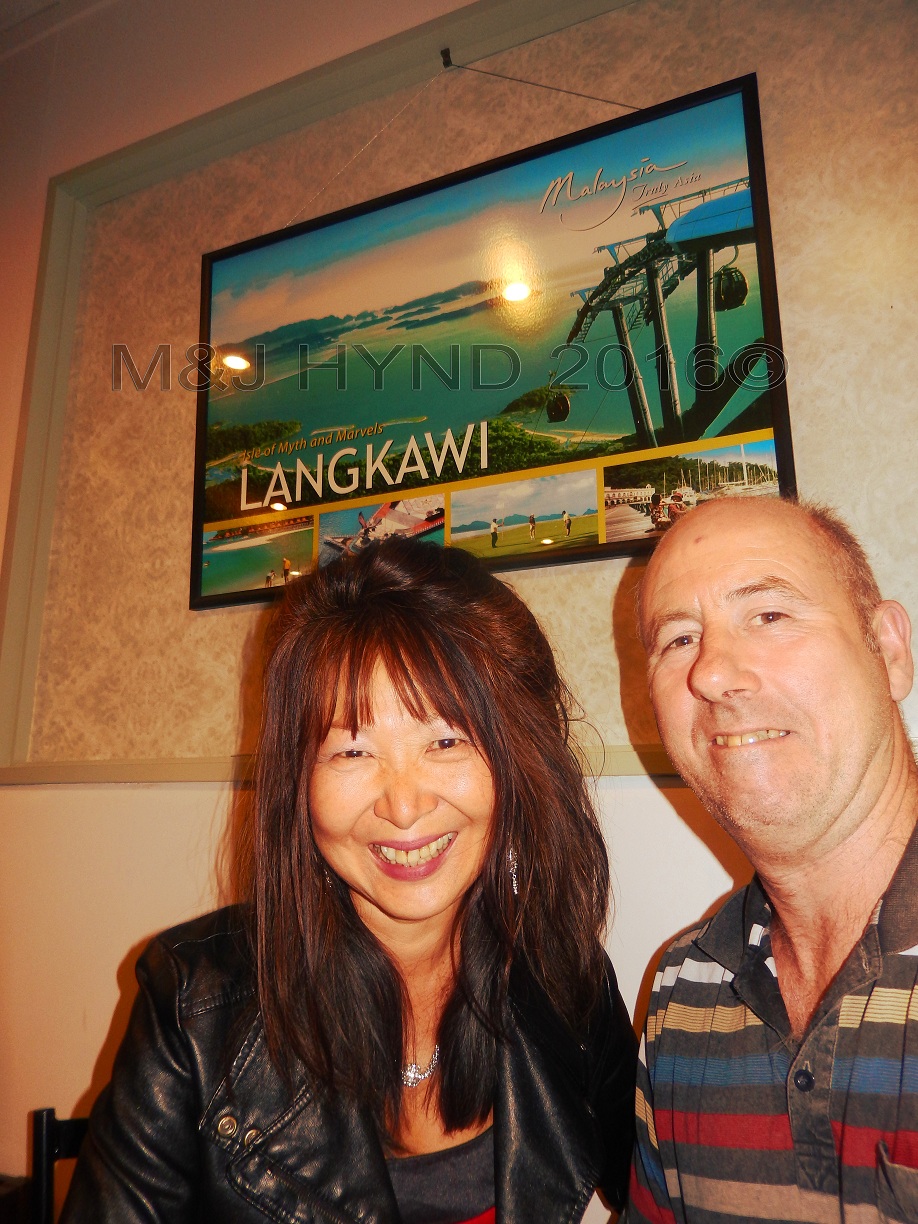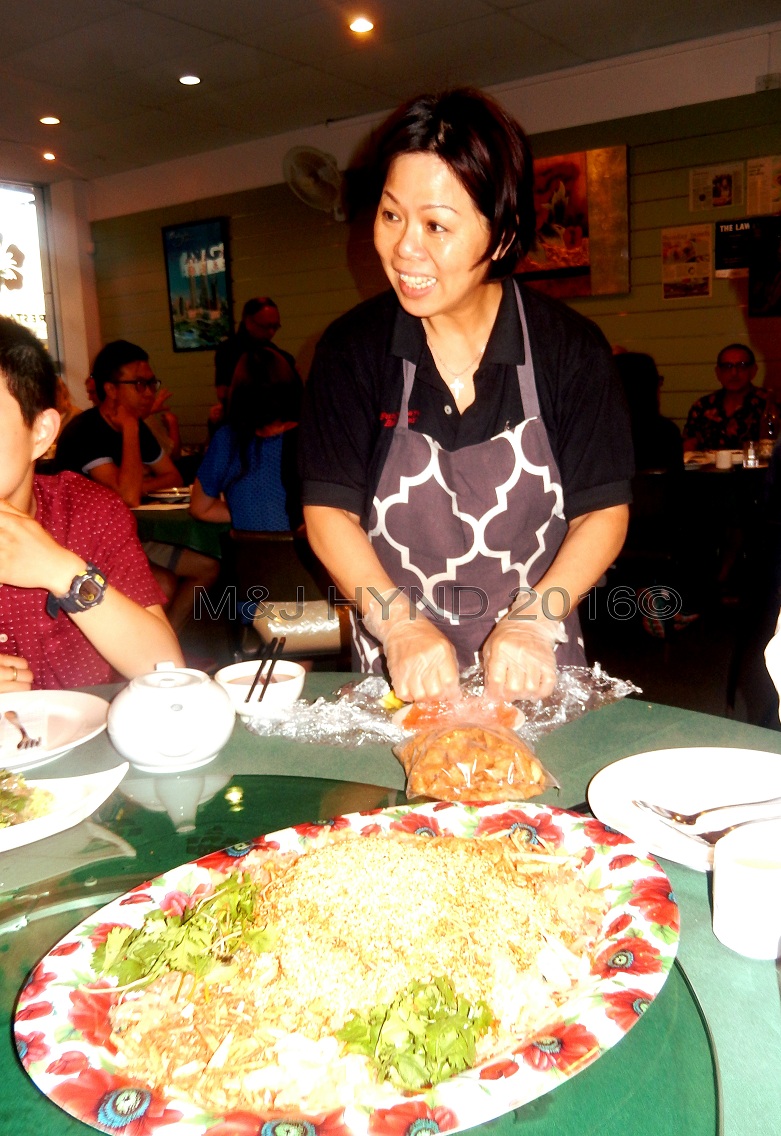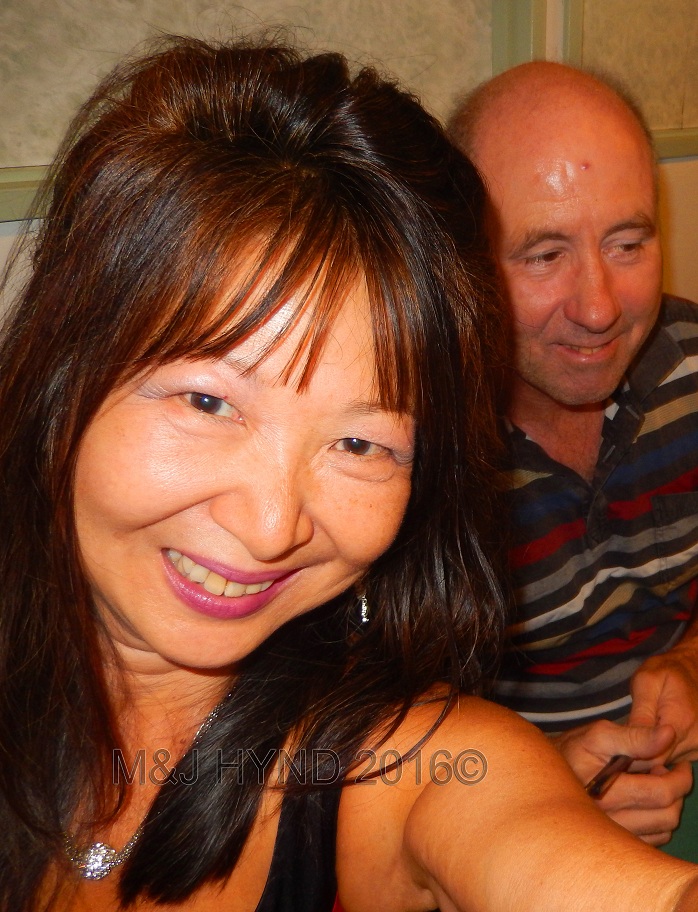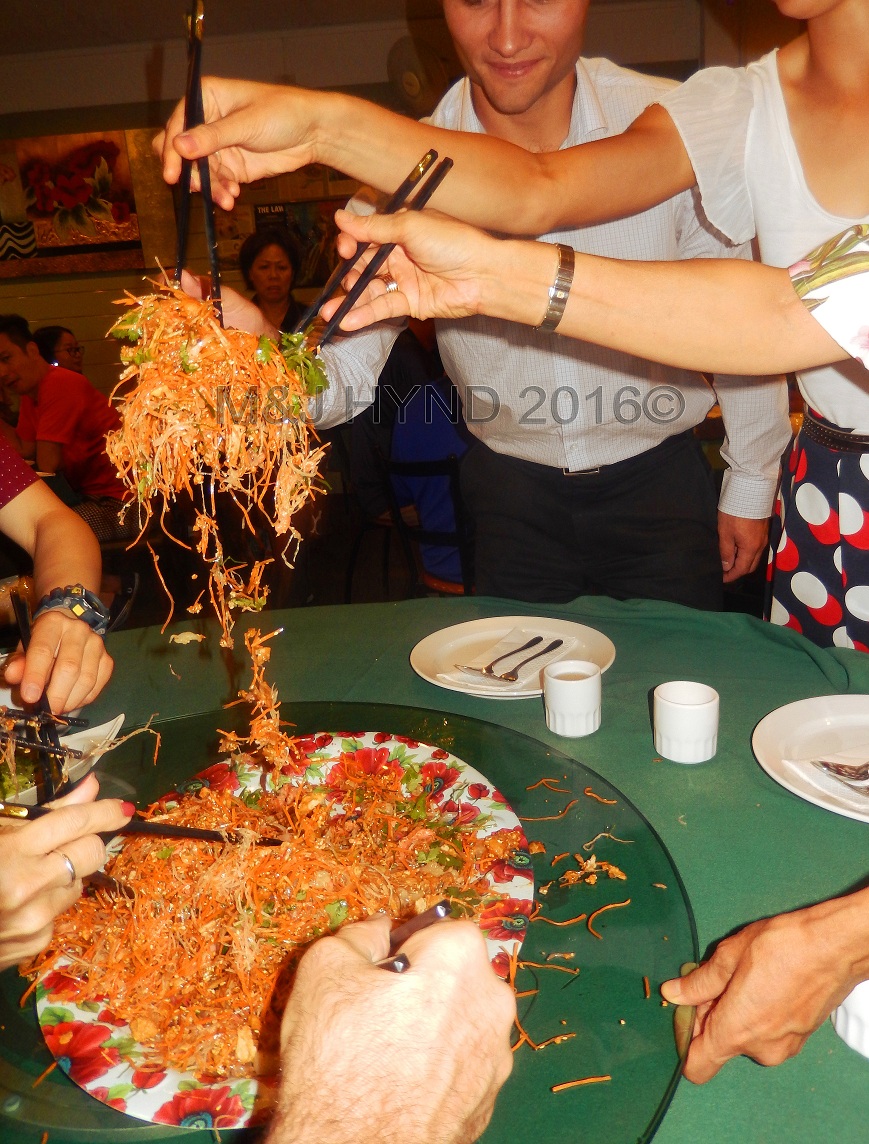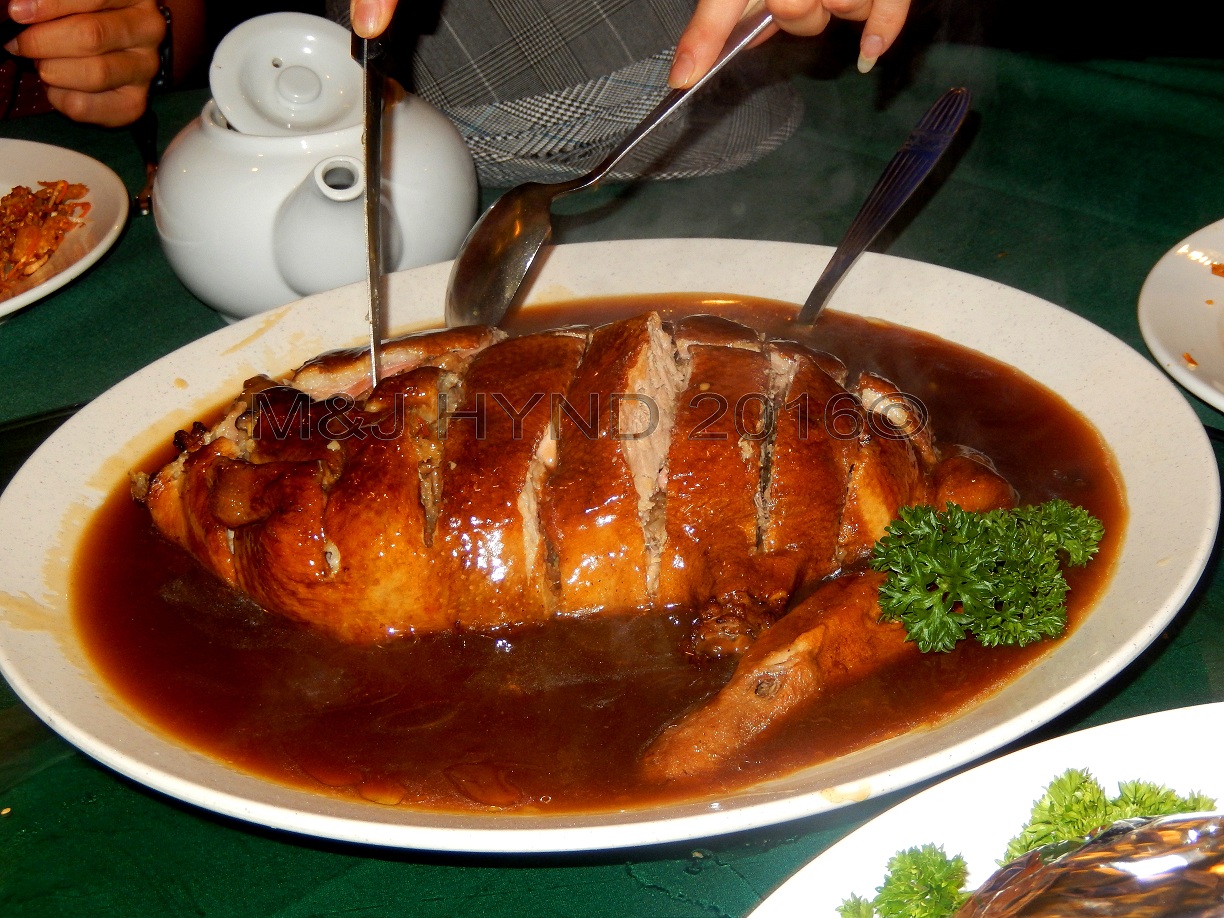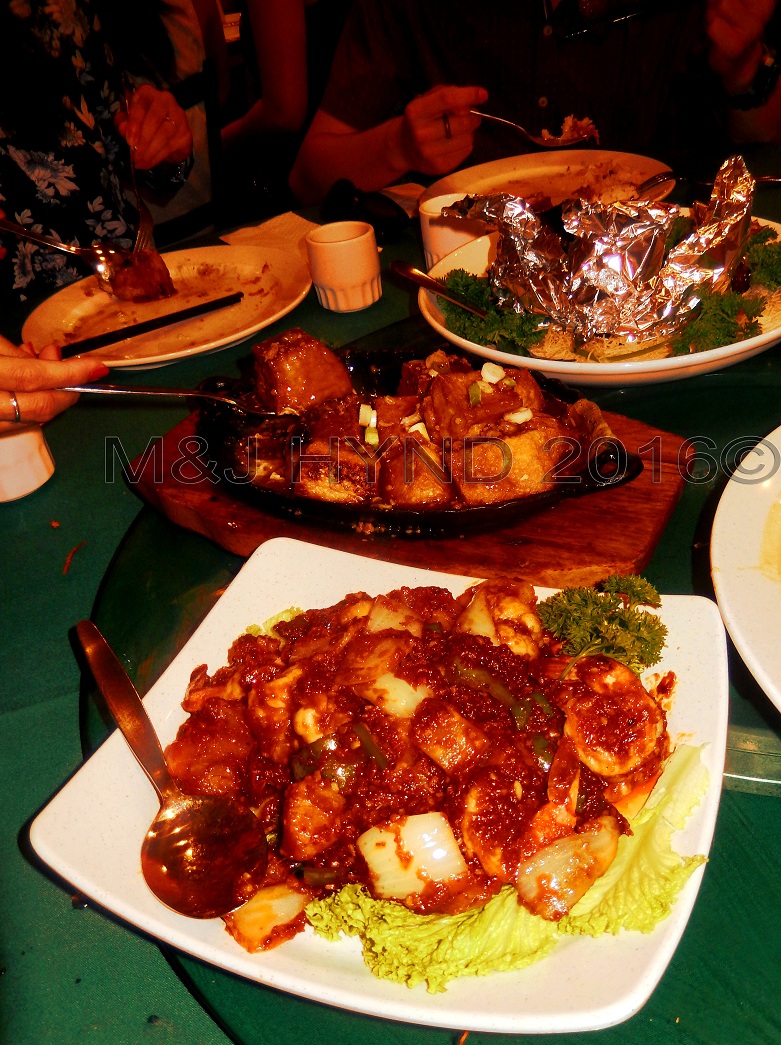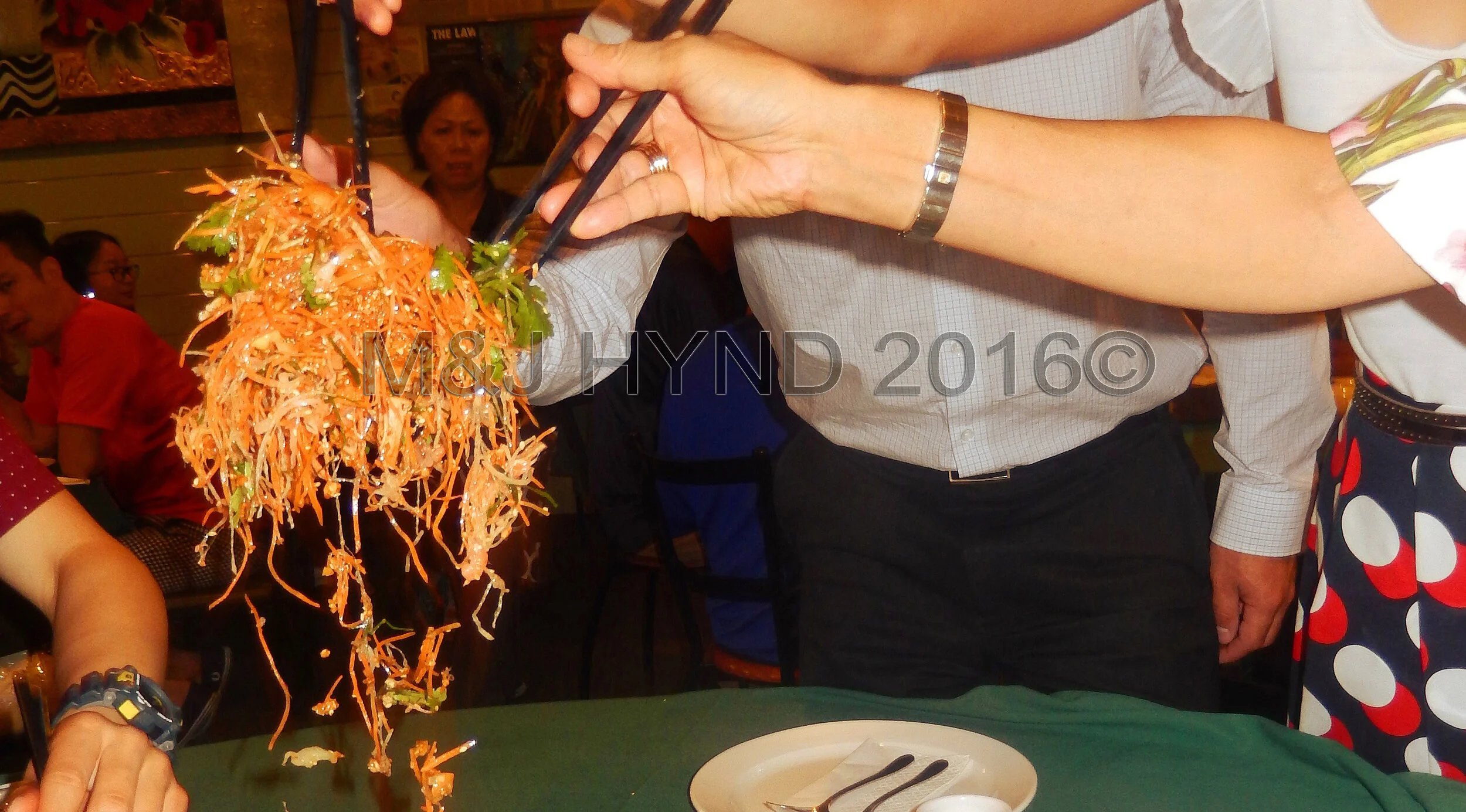Chinese New Year, New Zealand
Would you believe it? I'd quite forgotten the date that Chinese New Year was celebrated on last year. We don't normally celebrate the day, and when we were invited out to a Chinese New Year dinner a few weeks prior, what with this, that, the other, with Hydrotherapy sessions I'd totally forgotten.
Of course, I'd put it in my diary but had slipped my mind about checking the dates. Only until Thursday evening (first day of Chinese New Year, the year of the Goat, was that Thursday) that I had remembered, by looking at a billboard in town advertising Chinese New Year 2015. Luckily the dinner was on the following day.
I shook myself from my daydream. Thinking about things (and sometimes thinking is still a bit hazy - stroke) , I reckoned a red ensemble would be the appropriate thing to wear; perhaps black and red. In my childhood, red was always a good colour to wear when you are celebrating something. Red packets, red letter day... Red is considered as the symbol of energy, happiness and good luck.
Friday dawned, bright and sunny. Yes, it would be sweltering tonight at Chinese New Year dinner. We pre-ordered the specials for the Chinese New Year season namely, 'yee sang (prosperity toss)'. What exactly is 'yee sang'? It's the practice of eating raw fish in thinly sliced strips, similar to sashimi in Japan, can be traced back to ancient China . It is considered a symbol of abundance, prosperity and vigour.
Legend has it, that a young man and his girlfriend found themselves stranded by bad weather at a temple during the time of festivities. With nothing to eat, they managed to catch a carp. With a little vinegar to the shredded, stripped carp, they found it quite appetising. In modern times, the raw fish (yee sang) symbolised abundance and excess through the year.
The proprietress of the restaurant set the huge platter on our table: the highlight of the dinner celebrating Chinese New Year, the Yee Sang speciality dish. She was a very good tale weaver who interpreted what it meant for the dish to have the specific ingredient being added. With flourish, she explained that carrots and shredded greens indicated blessings of good luck and eternal youth. Deep-fried flour crisps in the shape of golden pillows was then added with good wishes that literally mean “Floor full of gold”. We had fresh raw salmon cut in strips and jellyfish... It was a memory jolt for me as it dealt with forgotten bits of Chinese culture. She really made it very interesting and quite exciting as it was a mixture of Westerners and Malaysian Chinese, kids and adults, at our table.
We, at the table, were invited to stand up and toss the shredded ingredients into the air with chopsticks while saying various "auspicious wishes" out loud. The higher the toss the better the growth in fortunes. Tossing so enthusiastically, that some bits of shredded carrots, greens, flour crisp pillows littered outside the platter. We laughed hysterically. Er .. I hope someone'll be along to clean up after us, I'm sure. The 'yee sang' was sweet, savoury, vinegary – just the way that life is for us all.
The special duck dish was delicious, stuffed with mushrooms and sticky rice, as were the amazing array of very big king prawns done with sambal, sweet and luscious squid, golden tofu, and more. We couldn't finish the huge meal – never mind, they had takeaway cartons.
Two weeks later we visited the Lantern Festival on the at Albert Park, part of the celebrations for Chinese New Year in Auckland, NZ. There were stunning displays of spectacular illumination of over hundreds of Chinese lanterns, and a street full of stalls selling tantalising Asian delicacies.
In Malaysia, in addition to the festivities for Chinese New Year which continue for 15 days, an eat-fest you might say, it is customary to have a special sweet dumplings resembling the shape of the full moon, on the 15th day. In my parents household, probably handed down from my grandmother, Nyonya ''pengat'' is the speciality dessert to be eaten on that night, called Chap Goh Meh. The richest ingredients and bright colours, you start with beautifully ripe yellow bananas. Addition of generous chunks of yam; yellow, orange and purple colours of three types of sweet potato or (kumara, in NZ speak), are the main ingredients of pengat. At times tapioca flour made into jelly, to make the dish extra colorful. All cooked in coconut cream - delectable, the sweet ending to a feast of feasts. Happy Chinese New Year from NZ.
